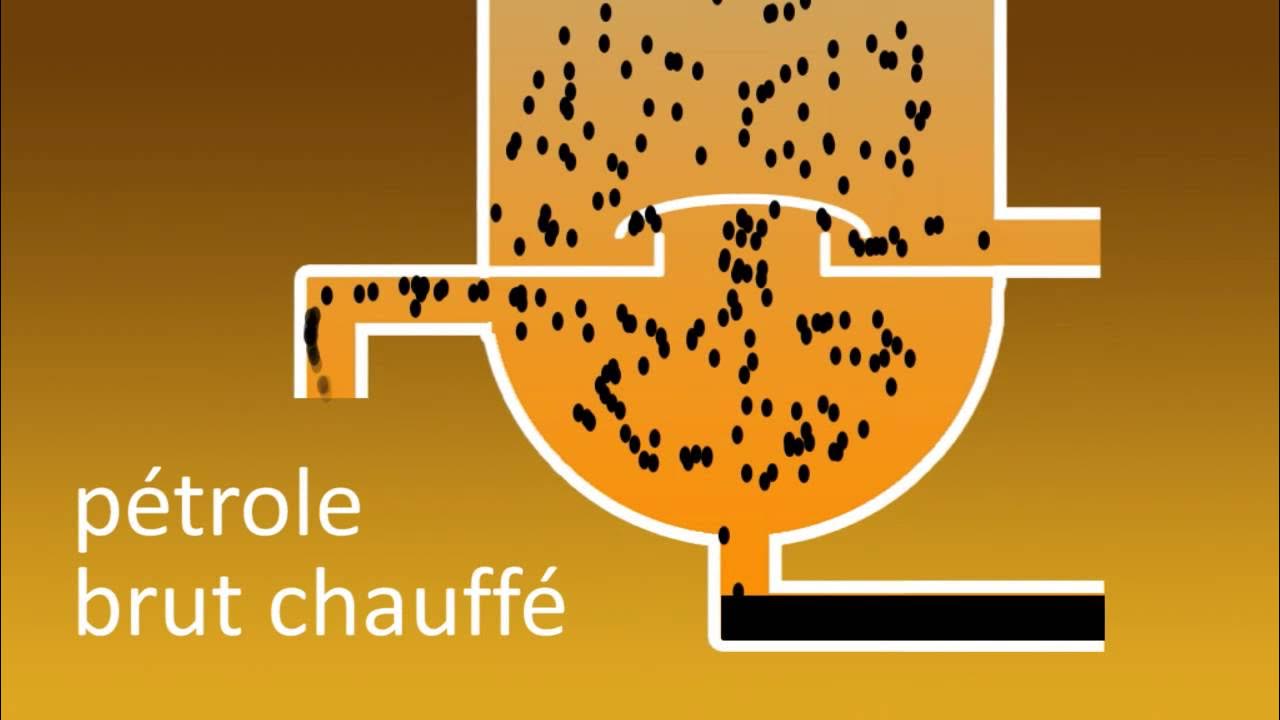Unveiling the Study of Language Structure: Morphology and its Impact on Vocabulary
Explore the study of language structure, learn about morphology, word formation, and its benefits for vocabulary comprehension.
00:00:03 Explore the study of language and its internal structure; learn about lexical and inflectional morphology and the concept of morpheme.
🔑 Morphology is the study of the internal structure of words and forms a core part of linguistic study.
📚 Morphology is divided into two branches: lexical morphology or derivational morphology, and inflectional morphology.
🌱 Lexical morphology refers to how words are constructed and how new words or neologisms are formed.
00:01:40 An overview of morphology, the study of word structure in English language. Simple and complex words, free and bound morphemes. Improve your English!
🔑 Simple words cannot be analyzed into smaller units of meaning, such as 'cat' and 'paper.'
🔑 Complex words can be subdivided into smaller units of meaning, like 'printer' into 'print' and 'er.'
🔑 Morphemes can be categorized as free morphemes, which can stand alone, and bound morphemes, which must be attached to another morpheme.
00:03:14 Learn about the second level of language, morphology. Understand the formation of words through prefixes, suffixes, and compounding.
💡 Suffixes and prefixes are added to free morphemes to create new words.
🔢 Fixation is a word formation strategy where bound morphemes are added to bases to create new words.
🔠 Compounding involves combining two words or morphemes to form a new word.
00:04:49 Learn about the second level of language, English structure, through the concepts of acronyms, clipping, and blends. Improve your English!
🔤 An acronym is a way to express a phrase by using the first letters of each word to form a new word.
✂️ Clipping is the process of reducing a longer word to one or two syllables by removing parts of the word.
🔄 Blend is a type of compound word where parts of two words are merged to create a new word.
00:06:25 Learn about inflectional morphology in English, which involves processes that distinguish word forms in certain grammatical categories.
💡 Inflectional morphology is the study of processes that distinguish word forms in certain grammatical categories.
🔍 Inflectional morphology deals with changes made to existing words.
🎵 English has eight inflectional suffixes that serve various grammatical functions.
00:08:02 This video explains morphology, the second level of language. It discusses free and bound morphemes, their role in word creation, and the benefits of learning morphology for vocabulary comprehension.
📚 Morphology is the creation of words through the use of free morphemes (stand-alone words) and bound morphemes (affixes).
🧠 Studying morphology is crucial as it helps improve vocabulary comprehension and recognition of vocabulary items in second language learners.
🔍 A study found that teaching morphemes increased learners' intentional and incidental recognition of vocabulary items.
00:09:35 Understanding morphology helps learners find the relationship between word roots and meanings, improving second language vocabulary knowledge.
📚 Morphological awareness helps in understanding the relationship between word roots and meanings in language.
🔎 This study by Fatma the Mirai Akbalud focuses on the effects of morphological awareness on second language vocabulary knowledge.
🎓 Improving morphological awareness can enhance overall English language skills.
You might also like...
Read more on Education
Distillation fractionnée | FuseSchool + Unisciel

Eşi Tesettürlü Olan Ünlüler!

KAIZEN: Filosofía de la MEJORA CONTINUA (+1% Cada Día) - El Secreto Empresarial y Motivador de Japón

AI+Education Summit: Generative AI for Education

Can BlackRock TAKE OVER Bitcoin? This May Surprise You.

Learn How to Solve a Rubik's Cube in 10 Minutes (Beginner Tutorial)